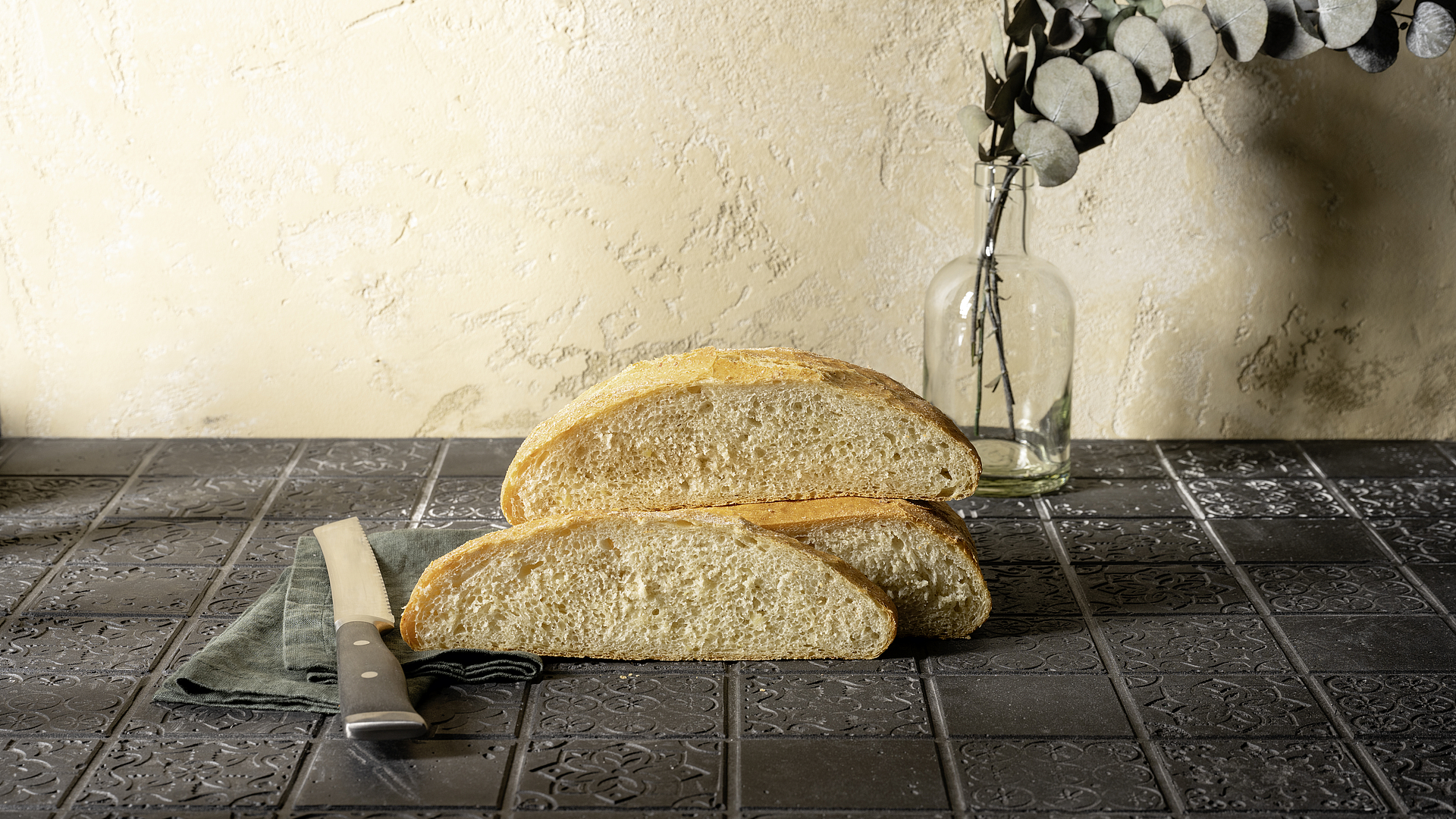
A fresh way to earn a crust: bread sommeliers – masters of the art of bread
Crunchy and golden-brown on the outside, fluffy and soft on the inside – bread sommeliers can tell if bread is good by the sound of its crust. Just like a wine sommelier with wine, a bread sommelier has a distinct intuition for good bread and knows how to pair bread with foods, spices, drinks and flavours. What does a bread sommelier do? How do you become one and what makes good, healthy bread? Read on to find out more...
What is a bread sommelier?
The term ‘sommelier’ was originally used to denote a ‘wine waiter’, i.e. someone who recommends a wine that will go well with your food in a restaurant, for example. Nowadays, it is also used for other experts in various culinary domains: there are sommeliers for beer, water, coffee, cheese, meat, spices, rice, oil and nuts, and of course for bread.
As well as being able to recognise all types of bread, bread sommeliers know all about the production process, can find fitting descriptions for the look and taste of bread and suggest the perfect topping to enhance the flavours of every type of bread. The key concept here is ‘food pairing’ – a method for identifying which foods go well together from a flavour standpoint.
Bread sommeliers aim to pass on their own enthusiasm for bread to consumers and give them unique taste experiences. They achieve this, for example, through bread tastings, new bakery concepts and advice. The majority of bread sommeliers are in German-speaking countries, but there are also a few in other countries such as Norway.
How to become a bread sommelier
The title of ‘certified bread sommelier’ can only be used by people who have successfully completed the almost one-year course at the German Bakers Academy in Weinheim – the association which coined the title and devised the necessary standards. At the end of the course, participants have to pass an examination set by the Chamber of Crafts.
In a total of eight modules, the budding sommeliers sharpen their sensory skills, learn everything about bread history and culture, customs, breads from all over the world, shelf life and quality factors. They have to prove their newly acquired knowledge in several tests and a project task.
To be eligible to apply for the in-service training course, candidates must be master bakers/confectioners, sales managers in the food trade, food technicians, certified master chefs, university graduates from the food sector or comparable professional groups from other countries.
Who are the world’s best bread sommeliers?
Anyone can pick up extensive knowledge about bread, but the best bread sommeliers stand out due to their sensory skills: they sniff the aromas and feel the texture of the bread, describe the taste so that it stimulates the appetite and immediately know what goes best with which bread.
As things stand, there are no special awards for the best bread sommeliers. However, in 2022 the International Union of Bakers and Confectioners (UIBC) awarded the title of ‘World Baker of the Year 2022’ to bread sommelier Axel Schmitt as a sign of recognition for his commitment to the bakery trade in the media.
What makes the best bread in the world?
The return to craftsmanship and regional dishes has once again brought bread to the fore in gastronomy, especially in countries with a large variety of bread such as Germany, Austria and Switzerland. You can find out how to recognise good quality at bread tastings:
The crust is crunchy. The inside has even pores and is elastic. The aroma makes you want to bite into it. Depending on the type of bread, the taste can range from mild (for a baguette) to slightly fermented (for sourdough bread). We can eat four to six slices of bread per day. Click here to read more about good bread.
While white bread mainly contains starch and protein, wholemeal bread also scores highly with fibre, vitamins and minerals such as iron, magnesium and zinc. This makes it healthier, ranking just below sourdough bread. If you don’t eat all of your bread in one go, it is best kept in a clay pot or another airtight container. You can also make bread crispy again with the X BO’s “Refresh bread and rolls” special programme with optimum temperature and moisture addition.
Home-made bread always tastes best
Baking bread yourself is bang on trend and offers a clear advantage over shop-bought bread in that you know exactly what’s in it. That way, you get to choose how much salt you put in it and which spices you add. Opt for healthier spelt or rye flour or use wholemeal flour. The higher the type number, the darker the flour and the more nutrients it contains.
Baking bread in the BORA X BO steam oven is great fun, as your bread comes out just as delicious as loaves from the baker. Thanks to the precise moisture addition and temperature adjustment, you can achieve a particularly crispy crust and a loose, moist crumb.
You can try making different types of freshly baked bread at home: from baguette, ciabatta, pita bread and sourdough bread to healthy wholemeal or low-carb varieties, or even bread without flour. Click here to check out some of our delicious bread recipes for the BORA X BO.